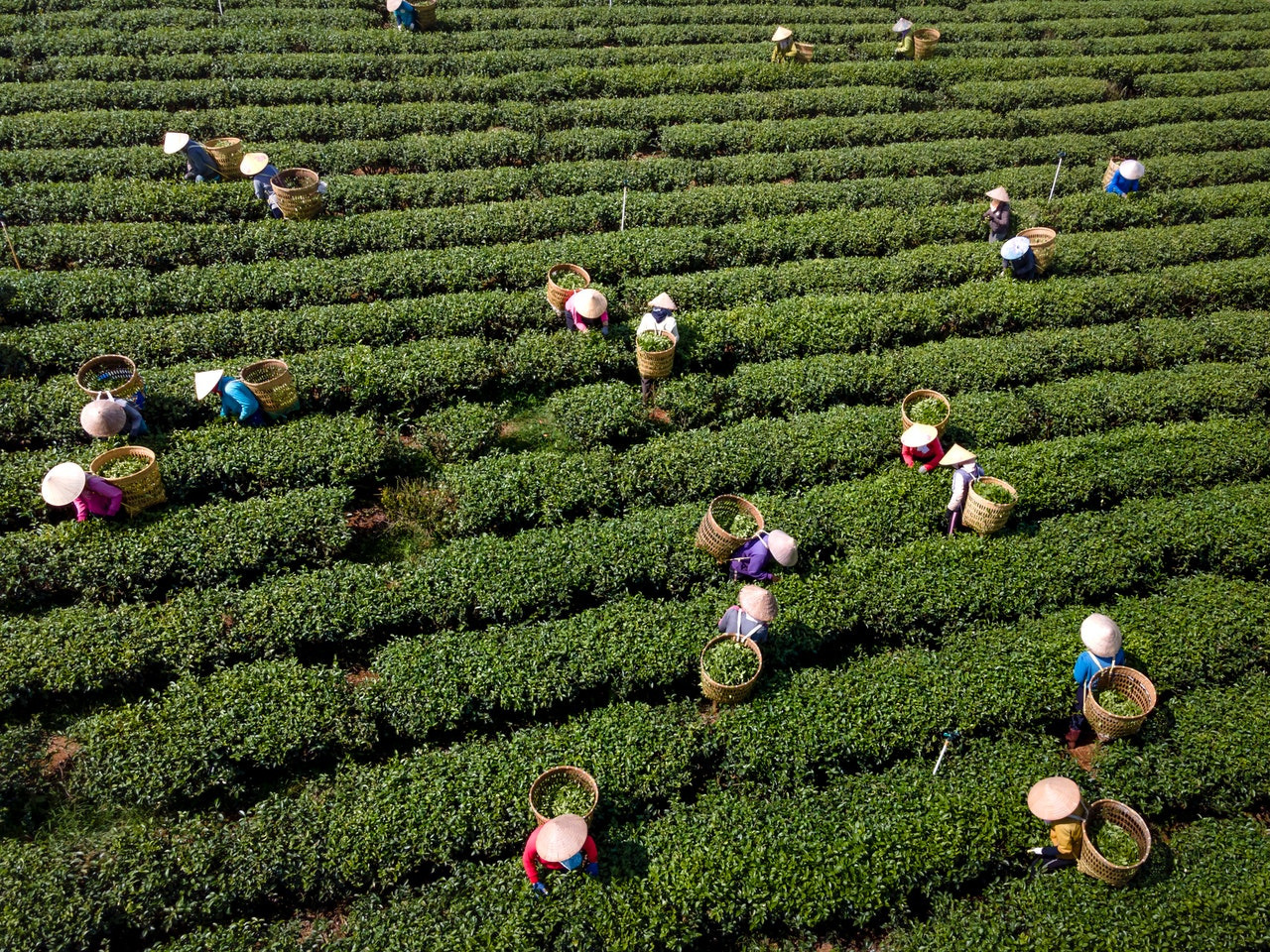Tổng số bài đăng 465.
 Circular 5 provides further information on how to define the origin of goods applies to qualify for reductions under the RCEP. It contains specific provisions on applicable tax differences for beneficiaries of the RCEP, unifying definitions, specifications, requirements, formalities, and tax rates. Thereby facilitating cross-border trade inside the free trade zone, one of the core incentives for RCEP signatories.
Circular 5 provides further information on how to define the origin of goods applies to qualify for reductions under the RCEP. It contains specific provisions on applicable tax differences for beneficiaries of the RCEP, unifying definitions, specifications, requirements, formalities, and tax rates. Thereby facilitating cross-border trade inside the free trade zone, one of the core incentives for RCEP signatories.
1. Spotlight on RCEP
Vietnam has joined the most impactful free trade zone in the world by ratifying the Regional Comprehensive Economic Partnership (RCEP), which entered into force at the beginning of 2022. RCEP is a free trade agreement (FTA) signed by all ten member countries of the Association of Southeast Asian Nations (ASEAN) and five additional partners (Japan, Korea, China, Australia, and New Zealand) on November 15, 2020. This makes RCEP the world's most expansive FTA by the number of members and represented country GDP – amounting to a combined 30 per cent of the world’s aggregate GDP.
To exploit the benefits of this treaty, member countries need to adapt to new rules and favourable treatment of their counterparts, as committed in the clauses of the FTA. As an international trade treaty, RCEP’s effectiveness is thus not only subject to ratification by the member countries. It also requires further specification on a national level through laws and regulations passed by domestic legislators. Effectively implementing the multilateral commitments outlined in the RCEP is therefore a task of national parliaments, which guide the domestic authorities to give practical effect to beneficial treatment and other concessions that are exclusive to the RCEP’s member states.
Amongst others, the RCEP sets out a detailed set of rules of origin (ROO) that applies to market participants who want to qualify their goods as so-called originating goods (OG) for RCEP purposes. The purpose of such agreements on ROO is to allow producers and traders to tag their products as OG, which are then deemed as coming from one of the treaty’s member states. This label is the ticket to preferential treatment regarding tariffs and customs procedures upon their export to other member states. Reciprocally, Vietnam’s goods will be considered for equally preferential tariffs and simplified procedures under the RCEP Agreement.
One major advantage for claiming preferential treatment under the RCEP is the cumulation rule. It allows OGs from one member state to be used as material or component in the production of a new product in another member state without changing its OG status in the second member state. This enables manufacturers to cross-share resources amongst the member states and expand their value and supply chains across national borders without fiscal disadvantages.
2. Vietnam Gives Way to New Rules
For the purpose of giving way to these regional advantages, Vietnam has begun to translate RCEP’s implications into national regulations on 18 February 18 2022. To give effect to the treaty’s agreements on unifying the ROO across the new trade block, the Vietnamese Minister of Industry and Trade signed and promulgated Circular No. 05/2022/TT-BCT on Rules of Origin of the RCEP (Circular 5). Circular 5 provides specific guidance on the RCEP related ROO in four Chapters and includes four appendices and will take effect from 4 April 2022. Chapter 1 of Circular 5 outlines the general provisions, Chapter 2 defines the new rules to determine the origin of goods, Chapter 3 specifies the necessary certification and inspection of the origin of goods, and Chapter 4 provides implementing provisions to the Vietnamese authorities. These guidelines define the field’s typical terms like OG, cumulation, de minimis, minimal operations and processes, direct consignment, operational certification procedures, for application by the responsible Vietnamese executive branch.
According to Circular 5, OGs imported into Vietnam from RCEP member countries shall be considered for the preferential upon submission of an application or through self-certification issued by the exporter. Similarly, Circular 5 contains specific provisions on applicable tax differences for beneficiaries of the RCEP. Unifying definitions, specifications, requirements, formalities, and tax rates – thereby facilitating cross-border trade inside the free trade zone – is one of the core incentives of RCEP signatories.
3. Key Takeaways
Unified ROOs under multilateral FTAs allow manufacturers and traders to optimise value chains and maximise their margins by capitalising on preferential treatment for goods that originate inside the respective free trade zone. Choosing the right location(s) for the manufacturing, assembly, and distribution of goods is, therefore, a core consideration of supply-chain efficiency and may depend on a variety of factors (i.e. core consumer market, sourcing, factory location, etc.). Being able to leverage the advantages of regional OG labels has the potential to deliver commercial upsides to all participants along the supply chain. Manufacturing and exporting companies based in any of the 15 member states of the RCEP should be familiar with the complexities of ROO under overlapping FTAs. One of the RCEP’s core benefits thus lies in the consolidation of ASEAN + 1 rules into a single comprehensive document. Enterprises should ascertain that their goods (still) qualify as OG under these new guidelines. Because Vietnam is also a member of the ASEAN+1 agreement which covers some of the same participants, it is important to understand the new conditions for preferential tariff treatment under the RCEP’s ROO. To maximise individual benefits from Vietnam’s multiple regional FTAs, existing value creation chains, and logistics should be revisited in light of the new rules.
Source: ACSV Legal









